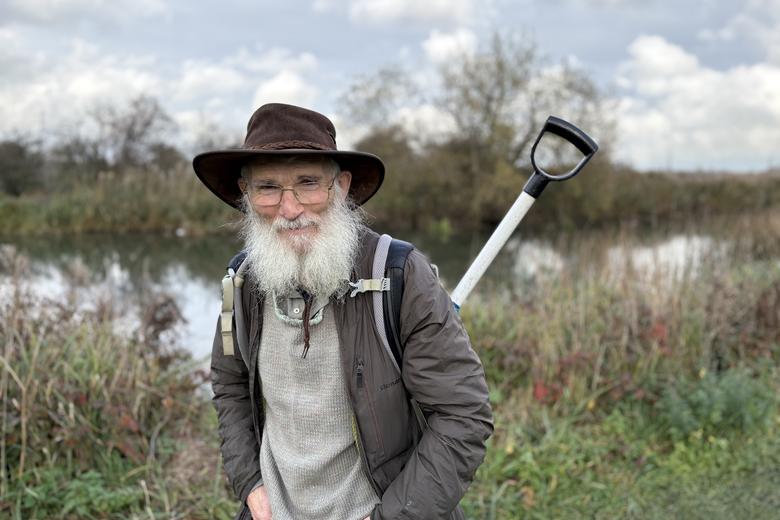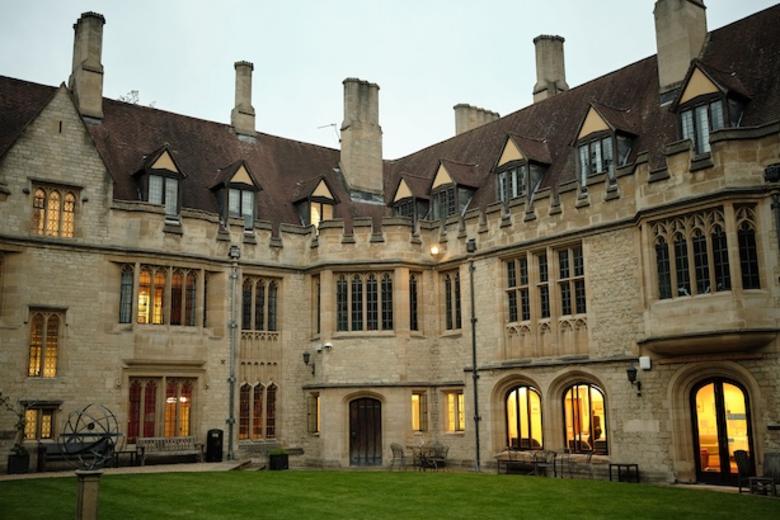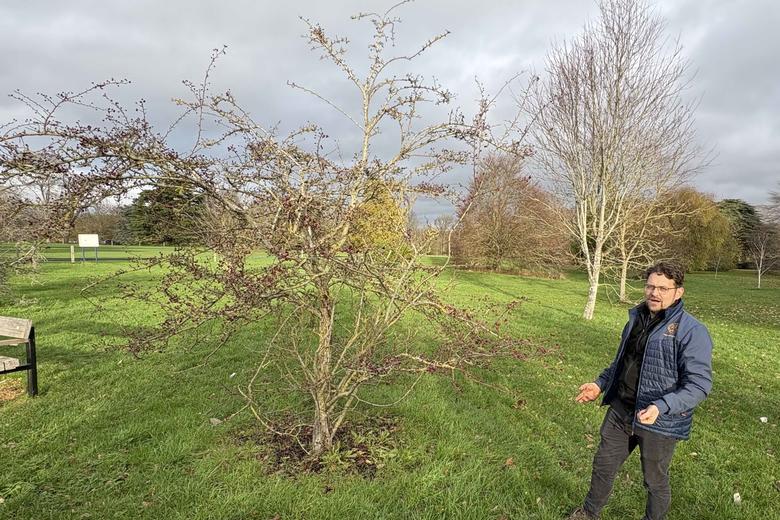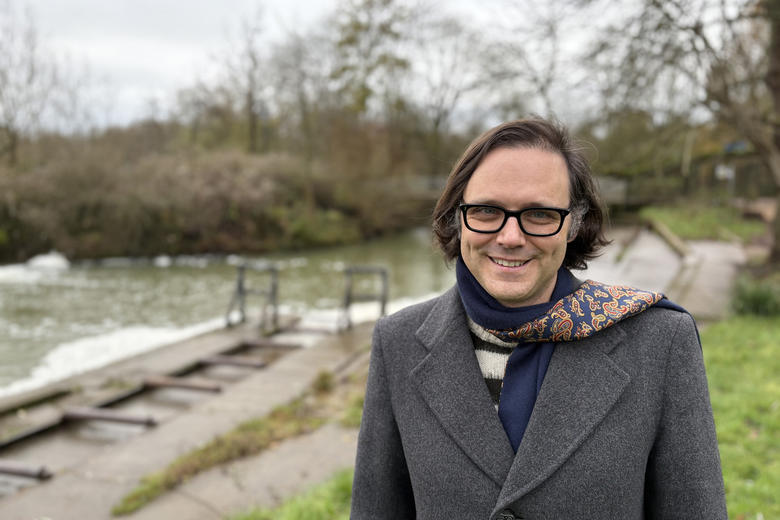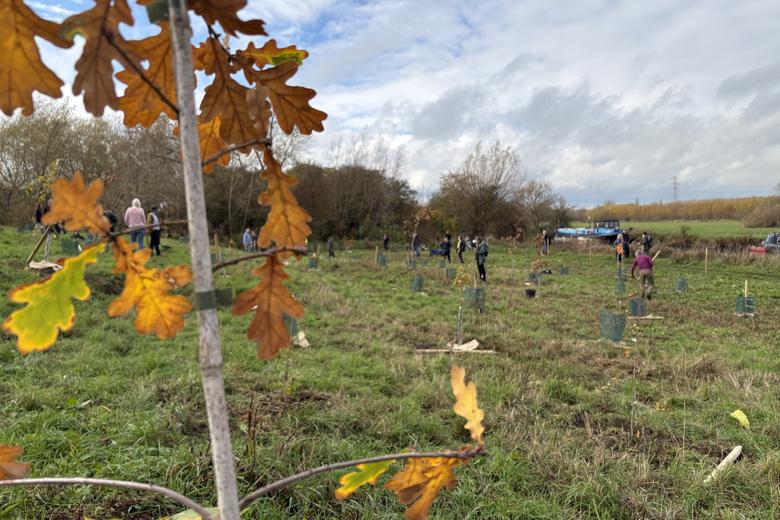HOW UKRAINE HAS KEPT THE LIGHTS ON

HOW UKRAINE HAS KEPT THE LIGHTS ON
Ukraine’s unique response to the Russian invasion has set a new blueprint for successfully protecting infrastructure during conflict and catastrophe, says Professor Daniel Armanios
Published: 31 October 2023
Author: Daniel Armanios
Share this article
Daniel Armanios, BT Professor of Major Programme Management, co-authored What Ukraine Can Teach the World About Resilience and Civil Engineering with Oxford Saïd MMPM alumnus Jonas Skovrup Christensen and MBA alumnus Andriy Tymoshenko, both based in Kyiv. The paper appears in the journal Issues in Science and Technology, an American policy-focused journal from the US National Academies of Sciences, Engineering, and Medicine and Arizona State University.
In the piece, they translate Ukraine’s practical experience into a set of five ‘propositions’ to inform how other nations can manage their infrastructure amidst disruption, and how other organisations, such as the World Bank, can assist in those efforts. In particular, the authors propose how a blend of newfound social solidarity, decentralised and agile management, modularity, system wide coordination, informal supply networks, and learning from other crises has saved lives, kept trains running and provided vital services for citizens.
Our point here is not to minimise the pain, damage, and trauma the war has wrought. In fact, what we find remarkable is the opposite: how Ukraine prevented the toll from being far worse.
As three author's note in the paper: ‘There is no denying the physical devastation wrought on Ukraine, with an estimated $150 billion in infrastructure damage, including damage or destruction of about 170,000 residential buildings, according to Kyiv School of Economics in April. This makes the resilience of the nation’s services and utilities even more remarkable. Our point here is not to minimise the pain, damage, and trauma the war has wrought. In fact, what we find remarkable is the opposite: how Ukraine prevented the toll from being far worse.
‘The success of their efforts demonstrates, in practice, the theories embodied in our five propositions. Each proposition improves understanding of how to make civil infrastructure more adaptable in the face of crises. These lessons could inform the decisions made by funders such as the World Bank, International Monetary Fund, and United Nations when making investments in infrastructure, so they enhance the physical and social networks essential to sustained resilience amid disruption.’
The research provides a range of key examples, emblematic of Ukraine’s response. This includes how a mobile application designed for buying public transit tickets was modified to push notifications that warn of impending attacks, guide people to bomb shelters and unite community resources, all within 24 hours of the Russian invasion. When attacks disrupted critical supply chains, Ukraine’s networks were able to pivot to restore them. Sometimes they revived conventional suppliers; sometimes, they found ingenious new ways to provide essential materials and capabilities, including a beer brewery using its equipment to make Molotov cocktails; an art collective in Kyiv welding tank-stopping barricades and making bulletproof vests; citizens turning fishing nets into camouflage nets and car batteries into backup power stations; and entrepreneurs launching projects to supply drones, medical supplies and electric bikes and cars. The authors add: ‘Critical to the success was the use of existing social networks joined across national, regional, and local levels, with new networks forming across sectors as people in private companies, non-profit organisations, and government teamed up. Crowdsourced projects also brought together individuals with no direct connections.’
Finding that in armed conflicts, infrastructure is both a target and a defence, the research explores how communities and infrastructure ultimately need and rely upon each other. Additionally, the reciprocal resilience identified between infrastructure and society in wartime can help explain how it can better function during peacetime.
As Daniel notes on the paper: ‘In bringing sociology into a closer scholarly dialog with civil engineering, we can better characterise how Ukraine’s social and physical systems work together to keep the lights on amid constant attack. The result is a set of testable propositions that we hope are applied in other settings to advance our understanding of how to adapt infrastructure systems that face similar disruptions, thereby enhancing their resilience.’
Image: Aerial view of high rise apartment buildings and bright illuminated streets in Ivano-Frankivsk city, Ukraine residential area at night. Credit: Getty Images/Bilanol.
The complete article by Professor Armanios is here.


